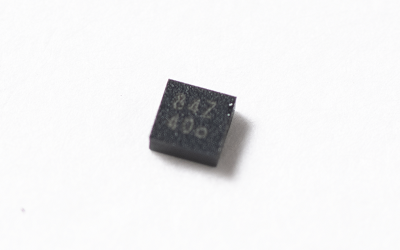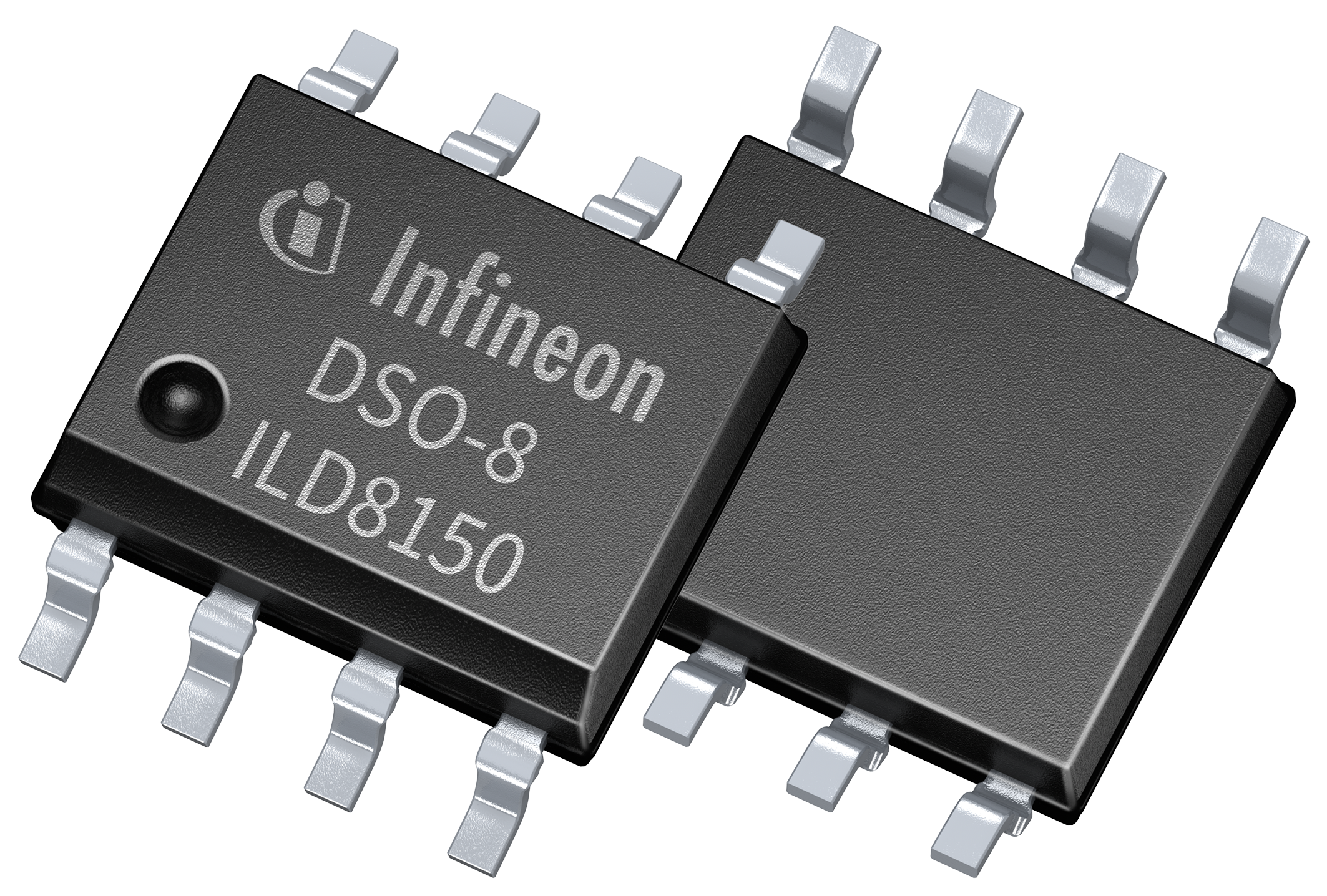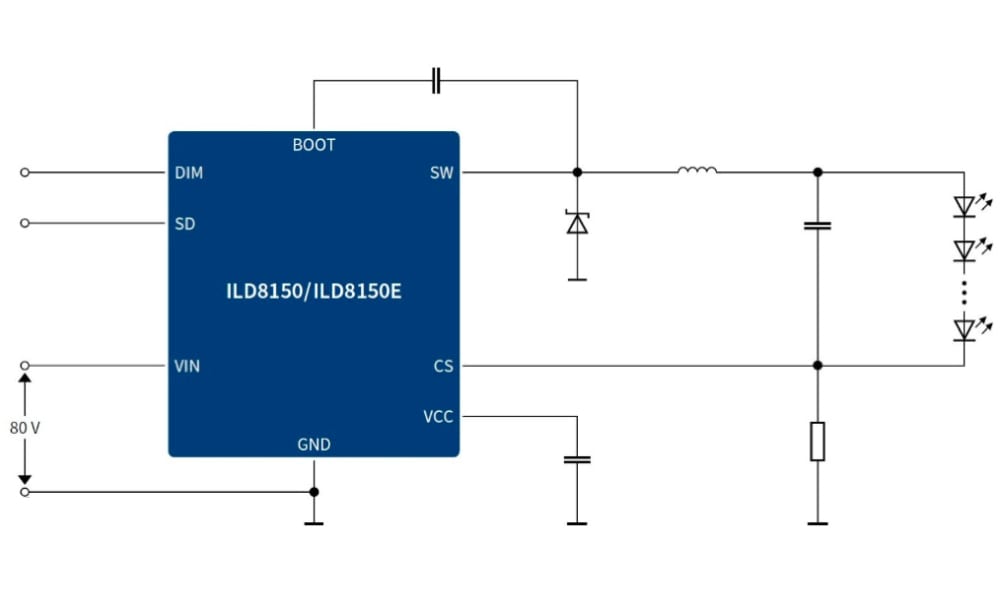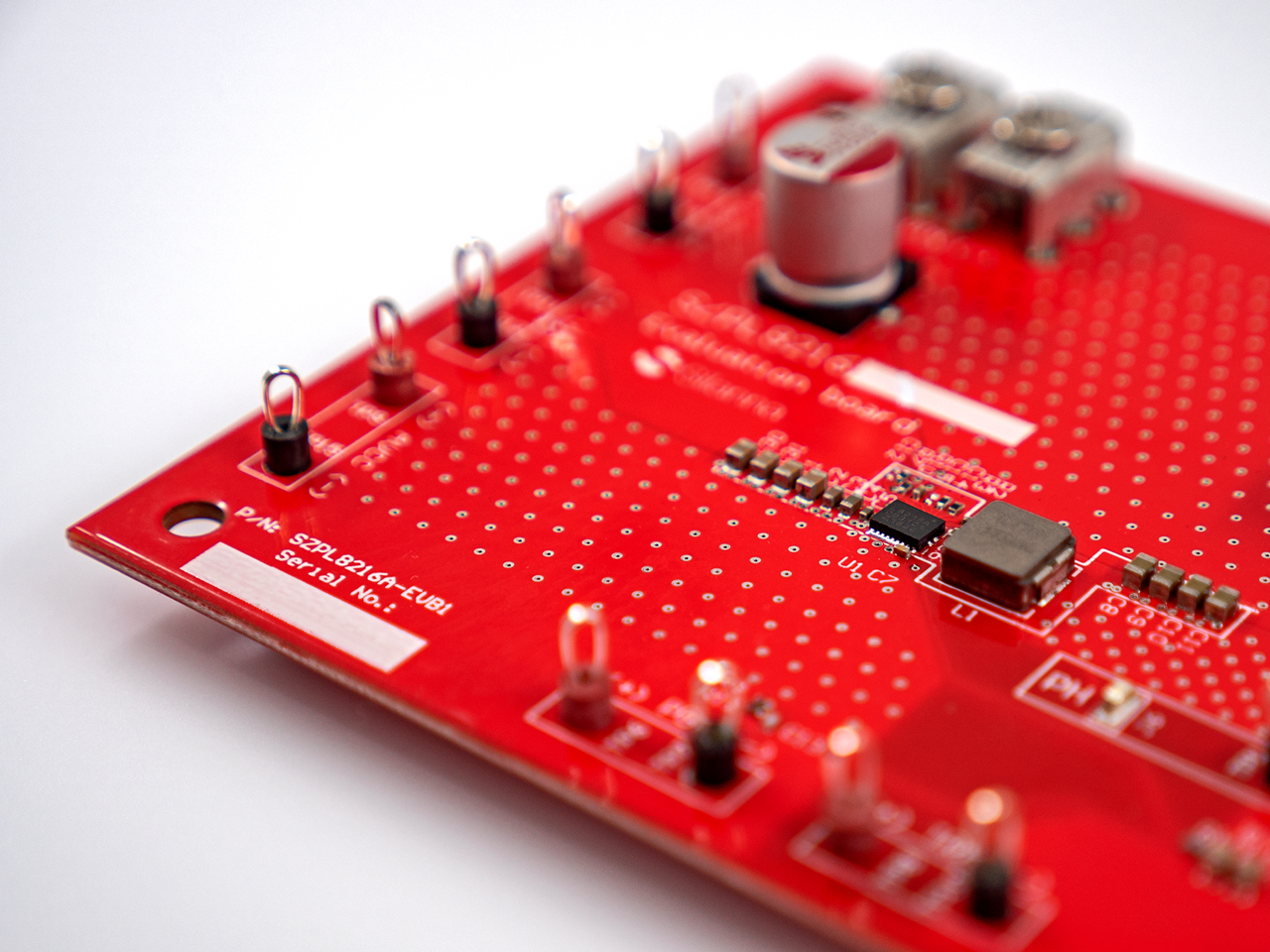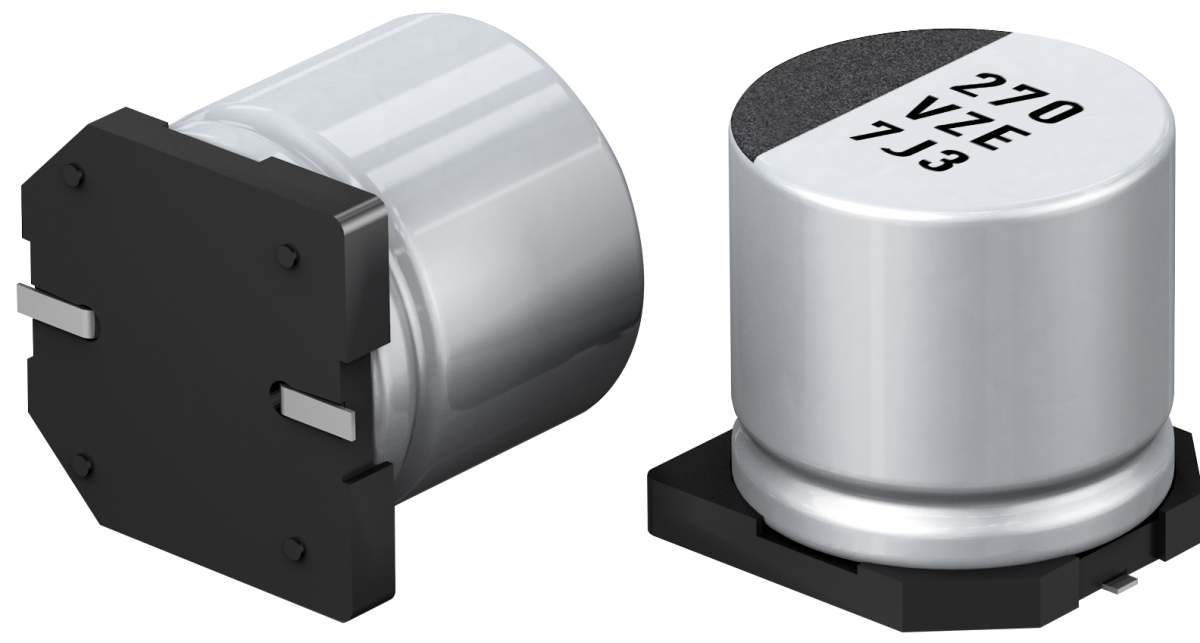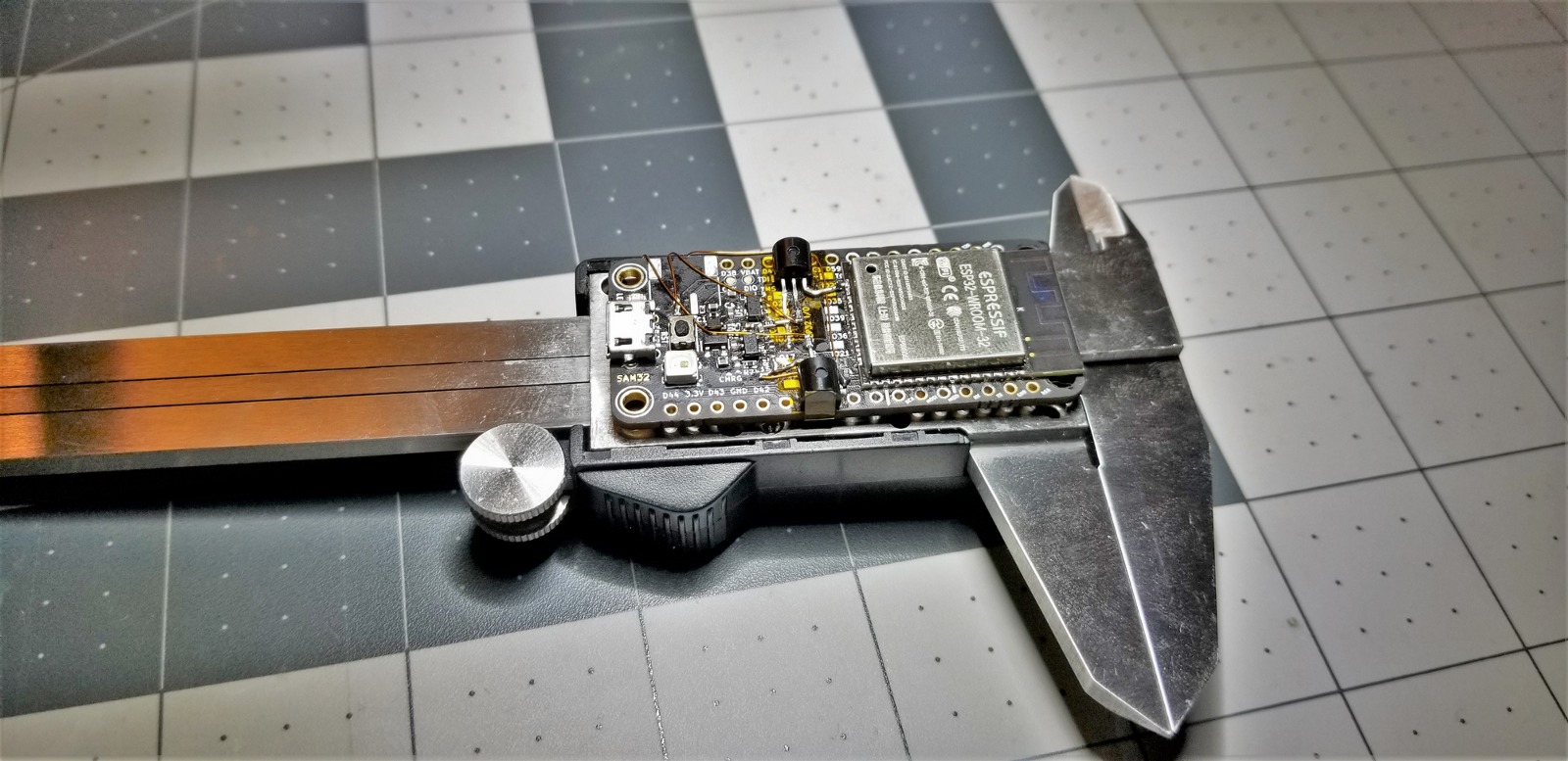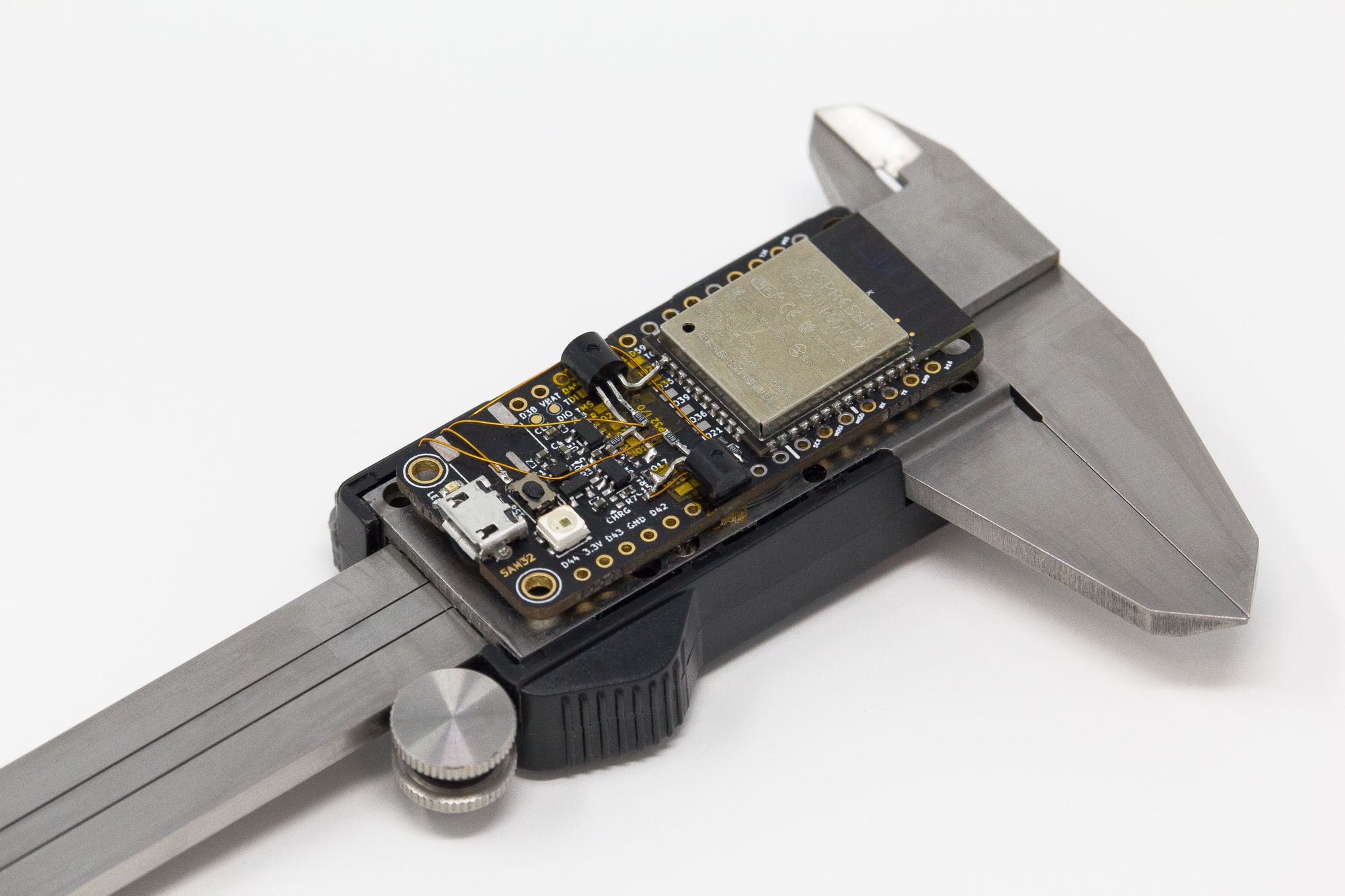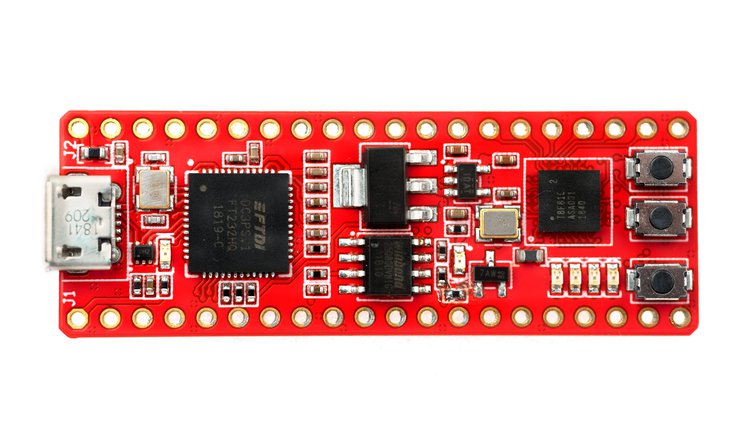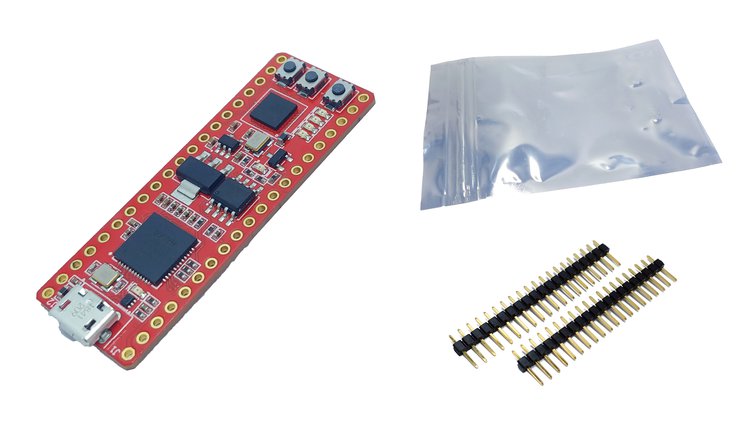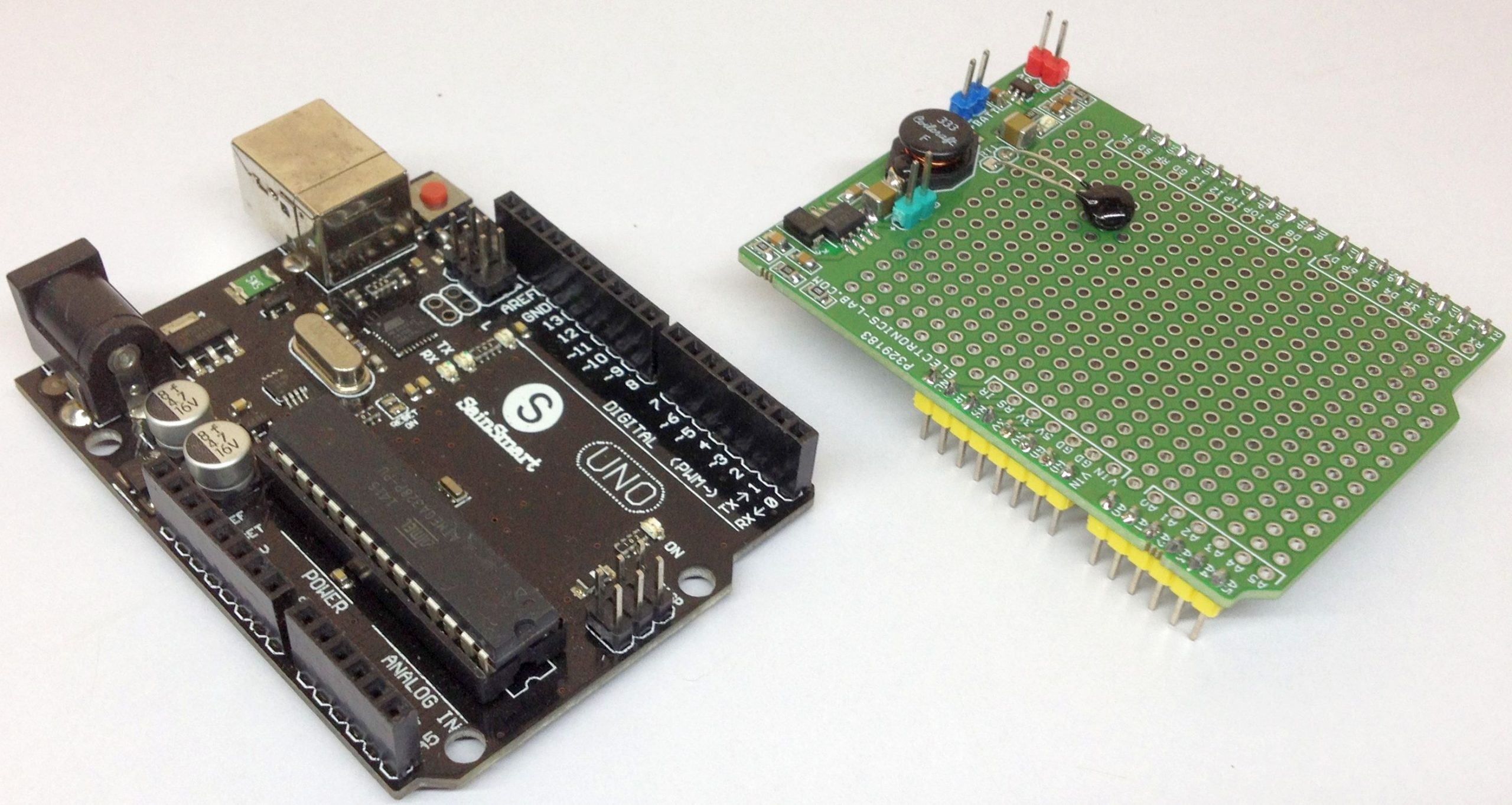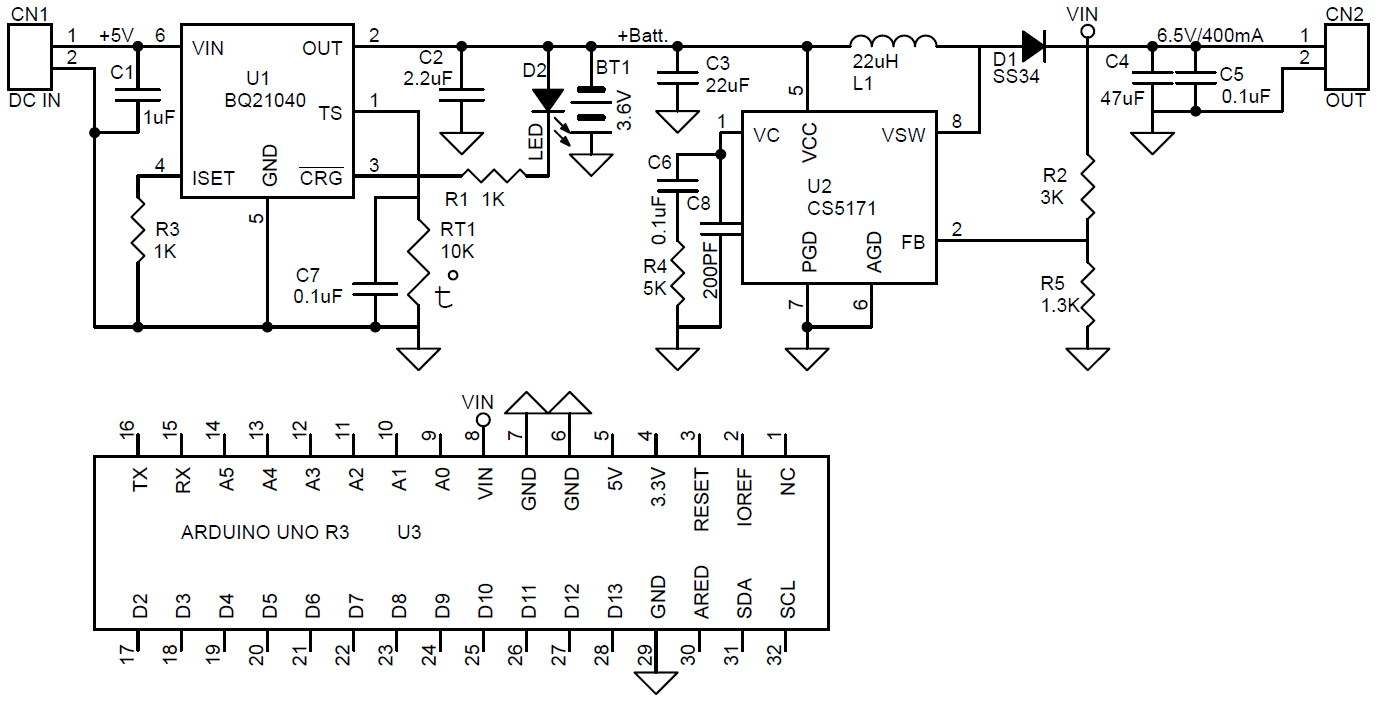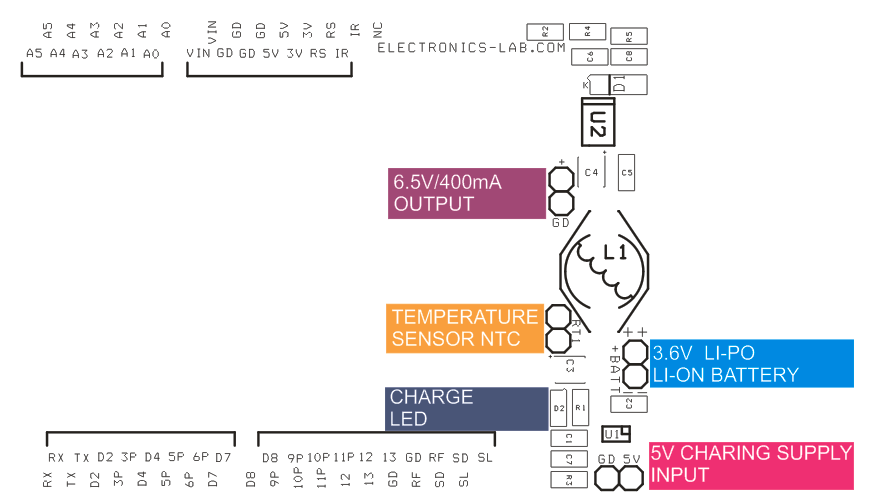
Online privacy is a thing of concern for most internet users today, with ads, pop-ups, and malicious website threatening our internet security. This has led to products and solutions aimed at protecting internet users against tracking, targeted ads, cookies, and various other threats that has been popping up. The likes of Fingbox and Firewalla are available, but their hardware seems limited, and software solutions like PiHole may not be suitable for everyone. However, a new device is available for internet security. The Winston privacy filter is a plug-and-play solution, based on Marvell ARMADA dual core Arm Cortex-A53 SoC network processor. The network processor makes sure your network performance is not impacted and enables a boost of performance for most visited websites as a result of the resources that are being blocked out.
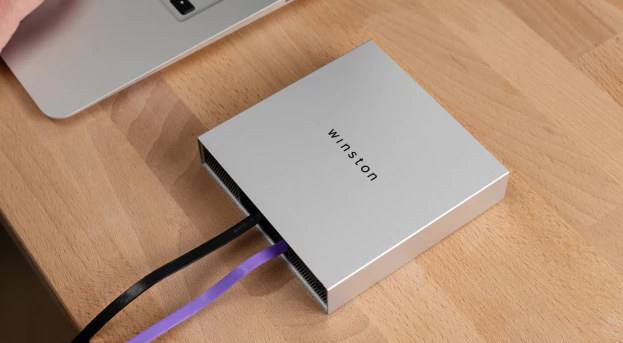
The device launched on Kickstarter a few weeks ago, that successfully funded of $514,669 which greatly surpassing their $20,000 funding goal. The device supports Linux, with two Ethernet cables, and a power adapter available. The mainboard is designed by Globalscale Technologies, and it appears to be a highly-customized version of the company’s ESPRESSOBin board, indicating that Winston is likely based on Marvell Armada 3700LP (88F3720) processor. If the aforementioned is the case, it is tremendous, because the company can leverage the software support for the community board.
The device is easy to use. All you need to do is to connect the WAN port to your ISP’s router, and the LAN port to another router or switch. If WiFi devices are available, ensure they are connected to the router behind Winston, and not the ISP’s router if not they won’t be protected. The table shared by the company indicates that Winston function is not limited to VPN, Ad Blockers, firewall, or anti-spyware and anti-malware programs, it also prevents third-party data collection, it anonymizes your location, and functions effectively with video streaming services. Nevertheless, we can question some of the claims in the table, like Ad Blockers may also enable speedy internet connectivity, and with a good VPN service, you should be able to anonymize your web browsing. Traffic is routed through 20 to 30 other Winston units, thereby enabling randomization.
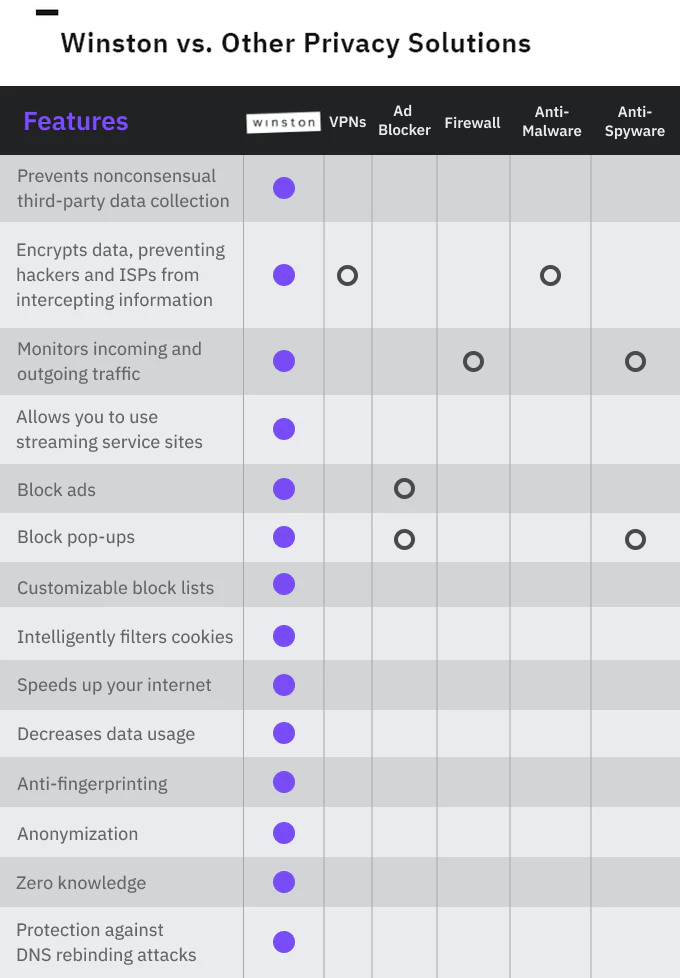
An online dashboard is available, that allows you to monitor blocked ads and trackers, view network health, monitor activity, adjust your privacy settings, and view detailed usage reports. Plugins for Firefox, Chrome, and later Safari are enabled to improve privacy and allow browsing experience more versatile, like temporarily disabling Winston on specific websites. Rewards begin at $349 with Winston and a lifetime subscription. The box enables you to drop paying for your VPN, so it may pay off over time, with the clause that the company stays afloat. Winston is not totally available worldwide, and you can only get it shipped to one of three countries: the United States ($9), Canada ($25), and the United Kingdom ($29). The reward for backers should be expected in October 2019 if everything takes place accordingly.
Specifications listed include:
- SoC – Marvell ARMADA dual core Arm Cortex-A53 processor @ 1.0 GHz with security and data acceleration engines
- System Memory – 1GB DDR4 @ 800 MHz
- Storage – TBD
- Networking – Dual Gigabit Ethernet (RJ45) for WAN and LAN
- Dimensions – 117 x 66.85 x 24.8 mm
The device runs Linux, and ships with two Ethernet cables, and a power adapter.


